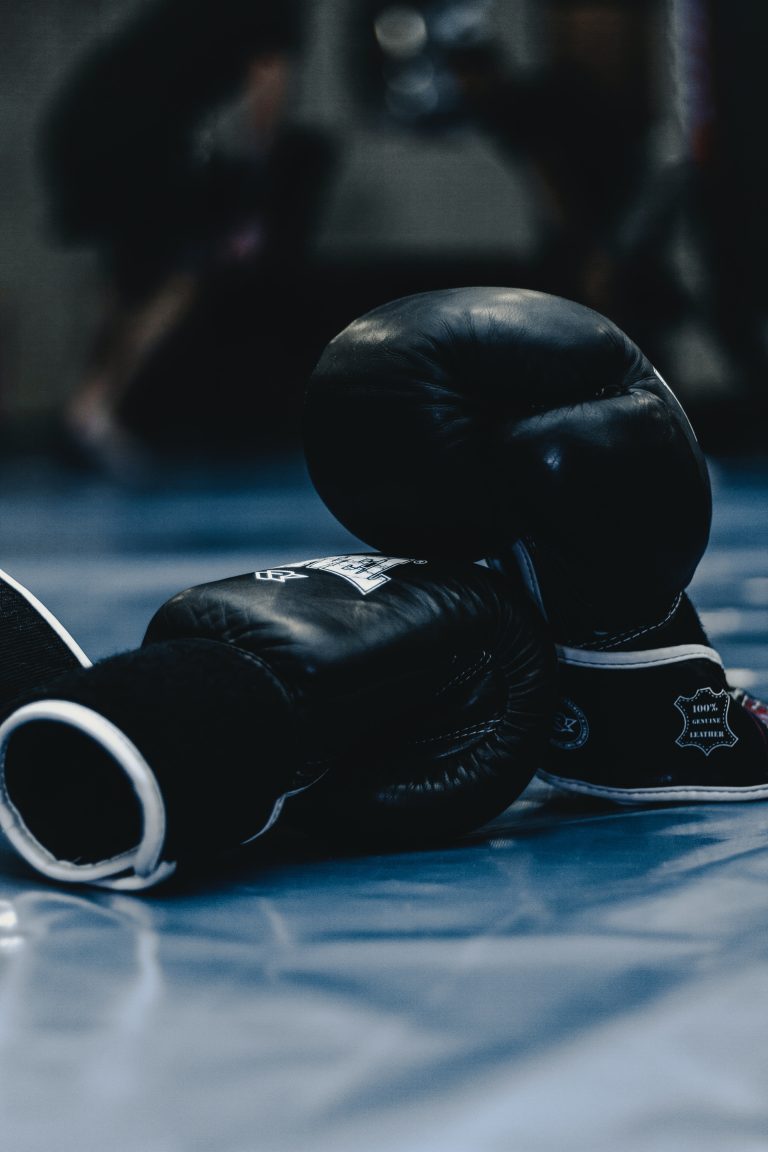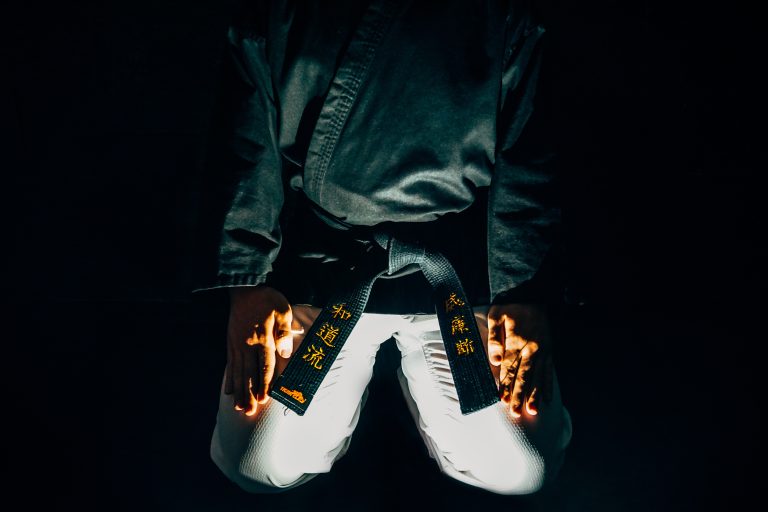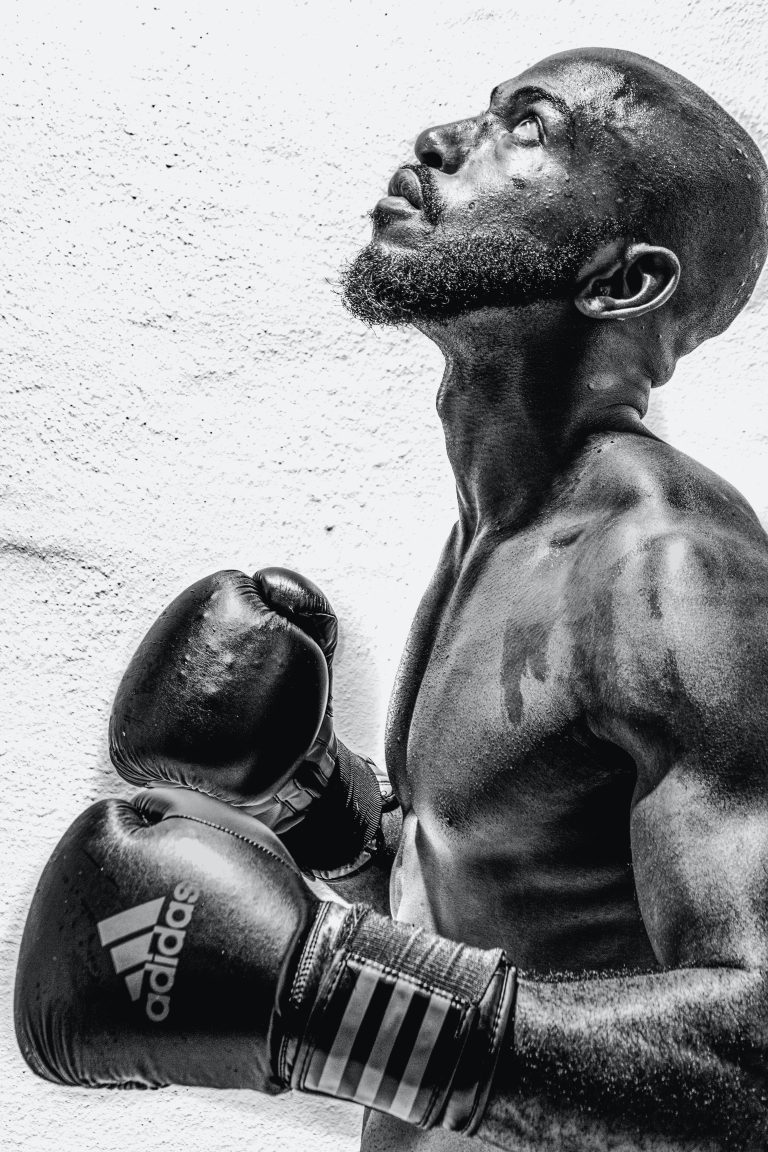What are the Different Belts in Karate?
Karate is a martial art that has been practised for centuries. It potentially originated in China or Samoa, but has its modern roots in Japan. It is a form of self-defence that mainly focuses on striking, however, there is also some blocking, joint locks and throws. As with other martial arts, karate uses belts as a grading system, to demonstrate one’s proficiency and skill level. In this blog post, we will look at the various belts that are used in karate, and the norms around them.
Different Levels of Experience
Karate belts can be broadly categorised into beginners and advanced belts. Beginners belts are typically white, and advanced belts are typically coloured black in order to signify the level of experience of the person practising it. However, even within each colour category there are various grades that one needs to work through, before obtaining the corresponding black belt.
Grading System
The grading system for studying karate is completely different compared to academic systems. Karate has its own system that works as follows:
- First stage: Beginners belts.
- White belt: This is the initial belt awarded to someone who has just started karate. Typically, it is earned after a few weeks of learning the basics such as body mechanics and footwork.
- Yellow belt: After several months (around six to twelve, depending on the skill and dedication) of consistent training and improvement, a white belt is promoted to yellow belt.
- Orange belt: After successfully mastering the yellow belt techniques, the student is awarded an orange belt which further shows their commitment and proficiency.
- Green belt: After mastering the techniques from the yellow and orange belts, the student is awarded a green belt which demonstrates their understanding and development.
- The second stage: Advanced belts
- Purple belt: This belt is obtained through dedication, hard work and continuous practice over several months. This belt indicates a good level of understanding of all aspects of karate.
- Brown belt: This belt requires even more hard work, dedication and consistent practice than before. It signifies an even greater level of understanding and proficiency in karate.
- Black belt: This belt is the highest level of proficiency that one can attain in karate. It requires a lot of hard work, dedication and consistent training to reach this level. A black belt demonstrates a complete mastery in all aspects of karate.
Conclusion
Karate is a martial art that has been around for centuries and which continues to be practised around the world today. It has a unique grading system that divides the various skills into levels using coloured belts – from white to black. The white series of belts indicate a beginner’s level; yellow, orange and green indicate intermediate; purple and brown indicate advanced; and black indicates complete mastery of all aspects. The various belts serve to signify a practitioner’s level of proficiency in the martial art, as well as acknowledging their hard work and dedication towards the sport.
Karate is a living martial art form that continues to evolve with time and environment. The grading system may change slightly depending on the school or instructor teaching it, however, it generally follows the same pattern. Understanding the different belts in karate helps to motivate practitioners to continue their journey towards mastery.
References:
- What are the Different Belts in Karate?
- The Karate Belt System & Ranks: Learn about Shodan, Nidan & Promotions
- Karate Belt Ranking System Explained
- What Are The Different Belts In Karate?
What are the Different Belts in Karate?
Karate is a Japanese martial art that has been practiced for centuries. It is known for its rigorous training and discipline, as well as the different colored belts that signify a student’s level of proficiency. In this blog post, we will answer some of the most frequently asked questions about the different belts in karate.
What do the different colored belts mean in karate?
The different colored belts in karate signify a student’s level of proficiency. White belts are often worn by beginners and represent a student’s willingness to learn. As a student progresses through the ranks, they will earn belts of different colors.
Yellow belts are often the next step after white belts and represent a student’s growing knowledge and understanding of karate. Orange belts signify a student’s increased skill and proficiency, while green belts represent a greater level of understanding and competency.
Blue belts are typically worn by advanced students, and brown belts are reserved for those who have achieved a high level of skill and knowledge. Black belts are the highest level and are only earned by those who have dedicated years of practice and study to the art of karate.
What is the process for earning a new belt in karate?
The process for earning a new belt in karate varies depending on the dojo and the sensei. However, there are a few general steps that most students must take to progress through the ranks.
First, a student must demonstrate proficiency in the basic techniques and concepts of karate. They may be required to pass a test or exam to prove their knowledge.
Once a student has demonstrated proficiency, they will typically need to accumulate a certain number of training hours or attend a certain number of classes before they can be considered for a new belt.
Finally, the student will need to demonstrate their skills and knowledge in a formal exam or test. This may involve sparring with another student or performing certain techniques for the sensei.
Can you train in karate without earning belts?
Yes, it is possible to train in karate without earning belts. Some dojos offer classes for beginners that do not focus on belt progression, and some students may choose to focus on the art of karate rather than achieving a specific rank.
However, earning belts is an important part of many students‘ karate journey. Belts represent a student’s dedication and hard work, and they can provide a sense of accomplishment and motivation to continue studying and practicing karate.
How do you care for your karate belt?
Karate belts should be cared for like any other piece of clothing or equipment. It is important to wash your belt regularly to keep it clean and free from bacteria and other contaminants.
When washing your belt, use a gentle detergent and cold water, and hang it up to air dry. Avoid using bleach or hot water, as this can damage the fabric and cause the dye to fade.
It is also important to store your karate belt properly. Do not leave it in a damp or humid environment, as this can encourage mold and mildew growth. Instead, store your belt in a cool, dry place and avoid folding it tightly, as this can cause creases to form.
Conclusion
Karate belts are an important part of the martial art and signify a student’s level of proficiency and dedication. As a student progresses through the ranks, they will earn different colored belts that represent their growing knowledge and understanding of karate. By following the proper care and maintenance techniques, a student can ensure that their belt remains in good condition and continues to symbolize their dedication to the art of karate.
Inhaltsverzeichnis






